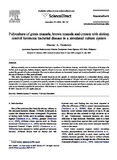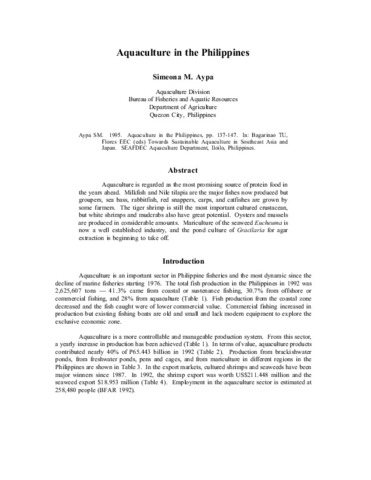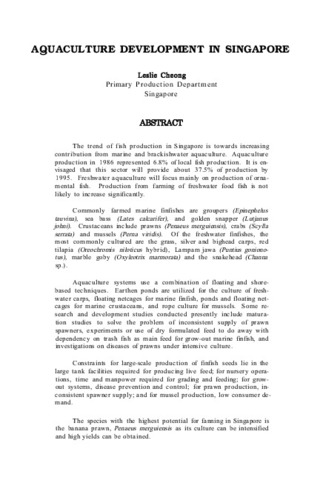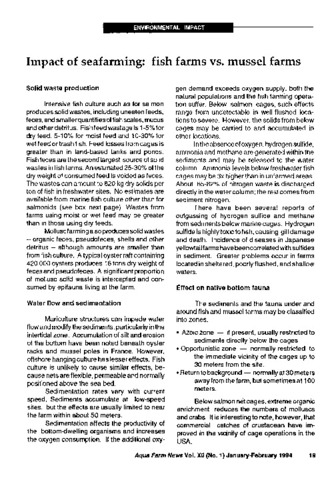Polyculture of green mussels, brown mussels and oysters with shrimp control luminous bacterial disease in a simulated culture system

View/
Request this document
Date
2007Author
Page views
490Metadata
Show full item recordCited times in Scopus
Share
Abstract
Shrimp mortality due to luminous bacteria has been a problem of the shrimp industry worldwide. Polyculture of shrimp with finfish, such as grouper, seabass, snapper, siganid, Tilapia hornorum, and the Genetically Improved Farmed Tilapia (GIFT), could control the growth of luminous bacteria. One way to reduce adverse environmental impact and to reduce bacterial count is through the use of bivalves to filter pond effluents.
This study investigated the effect of several bivalves on the growth of luminous bacteria in a simulated shrimp culture environment using concrete tanks. Tanks were stocked with shrimp at a biomass of 100 g/m3 and with brown mussel (158 pcs/m3), green mussel (137 pcs/m3), or oyster (376 pcs/m3). Growth of luminous bacteria decreased to below 101 cfu/ml in tanks with green mussel after 5 d, brown mussel after 16 d, and oyster after 17 d. Bivalves, such as green and brown mussels, and oyster, could be used as an alternative species for polyculture with shrimp to control disease due to luminous bacteria.
Suggested Citation
Tendencia, E. (2007). Polyculture of green mussels, brown mussels and oysters with shrimp control luminous bacterial disease in a simulated culture system. Aquaculture , 272(1-4), 188-191. https://doi.org/10.1016/j.aquaculture.2007.07.212
Subject
Taxonomic term
Collections
- AQD Journal Articles [1240]
Related items
Showing items related by title, author, creator and subject.
-
Aquaculture in the Philippines
Aypa, Simeona M. (Aquaculture Department, Southeast Asian Fisheries Development Center, 1995)Aquaculture is regarded as the most promising source of protein food in the years ahead. Milkfish and Nile tilapia are the major fishes now produced but groupers, sea bass, rabbitfish, red snappers, carps, and catfishes ... -
Aquaculture development in Singapore
Cheong, Leslie. (Aquaculture Department, Southeast Asian Fisheries Development Center, 1988)The trend of fish production in Singapore is towards increasing contribution from marine and brackishwater aquaculture. Aquaculture production in 1986 represented 6.8% of local fish production. It is envisaged that this ... -
Impact of seafarming: Fish farms vs. mussel farms
Southeast Asian Fisheries Development Center, Aquaculture Department (Aquaculture Department, Southeast Asian Fisheries Development Center, 1994)The article presents comparative impacts of fish and mussel seafarms. Specifically, it tackles about the impacts of the two farms on the following: solid waste production, water flow and sedimentation, effect on native ...





